Everyone’s eyes are unique, but one thing we all have in common is that eye strain can affect us all. The first step to finding relief is visiting your optometrist for a comprehensive eye exam to see what is causing your eye strain.
The digital age has introduced more screens into our daily lives, making digital eye strain more prevalent. Let’s take a closer look at the effects of digital eye strain, including what you can do to reduce the effects.
Digital Eye Strain & You
Digital eye strain, also known as computer vision syndrome, can affect your eyes following long sessions in front of your computer, phone, tablet, or other digital screens. Whether you’re focusing on work or watching your favorite television show, keeping your screen time in mind, and in check, is important.
Some common signs and symptoms of digital eye strain can include:
- Dry eyes
- Headaches
- Difficulty focusing
- Blurry or distorted vision
- Neck and shoulder pain
Uncorrected vision problems like hyperopia (farsightedness), presbyopia, and astigmatism can contribute to developing these visual symptoms when you spend long hours in front of your computer or another digital screen.
It’s crucial to consider your workstation when it comes to digital eye strain. The symptoms of digital eye strain can be caused by:
- Glare on a digital screen
- Bad lighting
- Improper viewing distances
- Poor sitting posture
Your optometrist can check your eyes for digital eye strain through a comprehensive eye examination.
When digital eye strain appears, finding relief is the first thing on your mind. Let’s explore how you can reduce the effects of digital eye strain.
Finding Relief from Digital Eye Strain
The good news is that digital eye strain isn’t permanent, and giving your eyes a break can do wonders for your comfort. Many of the symptoms of digital eye strain can be tackled with management methods designed to help your eyes find relief.
However, any visual problems that persist should be checked out by your optometrist when you go in for a comprehensive eye exam.
Practice the 20-20-20 Rule
Your work is important, but so is giving your eyes a break. The 20-20-20 rule is designed to give your eyes some well-deserved rest in between your work sessions. Follow the 20-20-20 rule by:
- Looking away from your screen every 20 minutes
- Focusing on something 20 feet away
- Looking at the object of focus for at least 20 seconds
Wear the Right Glasses
An updated prescription can help save your eyes from unnecessary strain. Following your next eye exam, ask about different lenses or coatings that can help you protect your eyes during long hours in front of the screen.
Adjust Your Workstation
You spend a large chunk of your day in your work environment, so taking some precautions can help preserve your eyes.
Making the font larger on your screen can prevent squinting, and investing in an anti-glare screen can also make a huge difference.
Your posture and viewing angles can also contribute to eye strain. You should strive to keep your feet evenly on the floor and your back straight. Your screen should also be an arm’s length away and just below eye level.
Don’t Forget to Blink
Blinking can seem obvious, and it’s crucial to help refresh the tear coating, preventing dry eyes. We often forget to blink when focusing intensely and looking at a digital device, so it’s important to keep that in mind when you’re deep in your work.
Artificial tears are also an excellent option to keep your eyes lubricated. You can ask your eye doctor about the best option to control digital eye strain.
Your Eye Health Comes First
The effects of digital eye strain can creep in during the day, and finding relief is the priority. Practicing good screen usage habits can help with implementing different management methods to customize your workspace. Book an appointment with your optometrist to address your digital eye strain concerns and find relief today.





